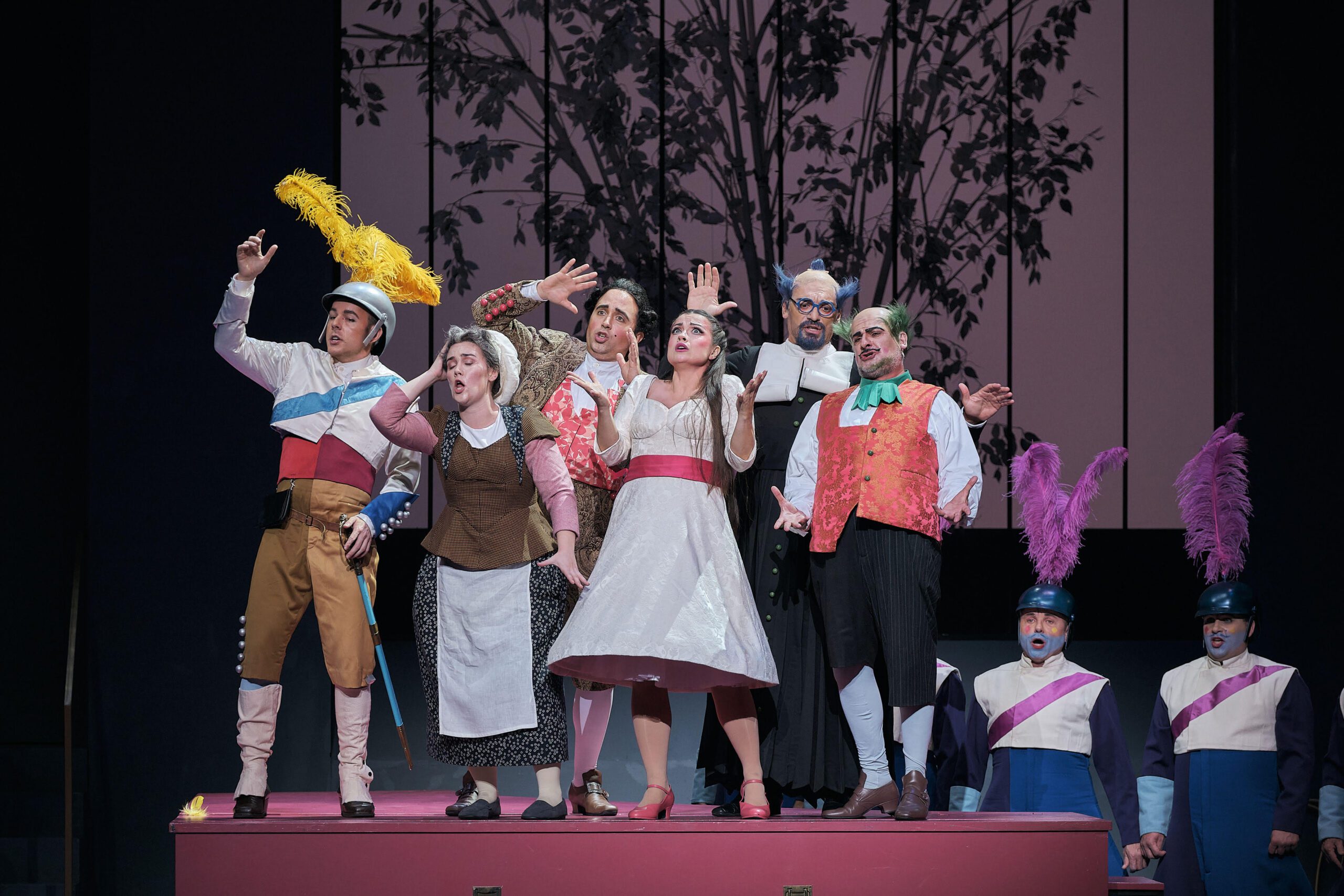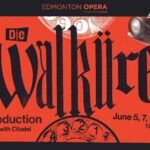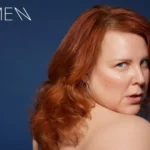Opéra de Montréal opened its season on Saturday night with a wonderfully wacky production of The Barber of Seville.
The Orchestre Métropolitain was brilliantly precise under the baton of Pedro Halffter. Sometimes I wished they would play with a little more abandon, especially during the overture. Then again, that might be because I’m such a sucker for The Rabbit of Seville, the famous Bugs Bunny cartoon based on Rossini’s overture. Halffter’s musical interpretation was clean and melodic rather than cartoonish. Joan Font’s staging, on the other hand, leaned into the opera’s Bugs Bunny energy with great success.
Director Joan Font boasts more than 50 years of experience in street performance, and this production features a set of silent, street-theatre-style supernumeraries who perform various bits of business with and around the singers. Many of these background bits were compelling and funny – I was tickled by the flyaway hat during the storm, for instance. Others were less easily intelligible, and some I found downright baffling. In particular, the dramaturgical purpose of Chandelier Guy (people who’ve seen it know what I mean) was lost on me.
Still, the silent actors added an extra dash of life and colour overall, making Joan Guillen’s ingenious sets feel inviting and lived-in. I enjoyed the production’s bright colours and Spanish-inspired costumes, but it was the mutability of the set pieces that really brought me into its world. On a stage where you can see through walls, and where a giant pink piano can become a gondola at a moment’s notice, the Looney Tunes hijinks of the plot felt right at home.
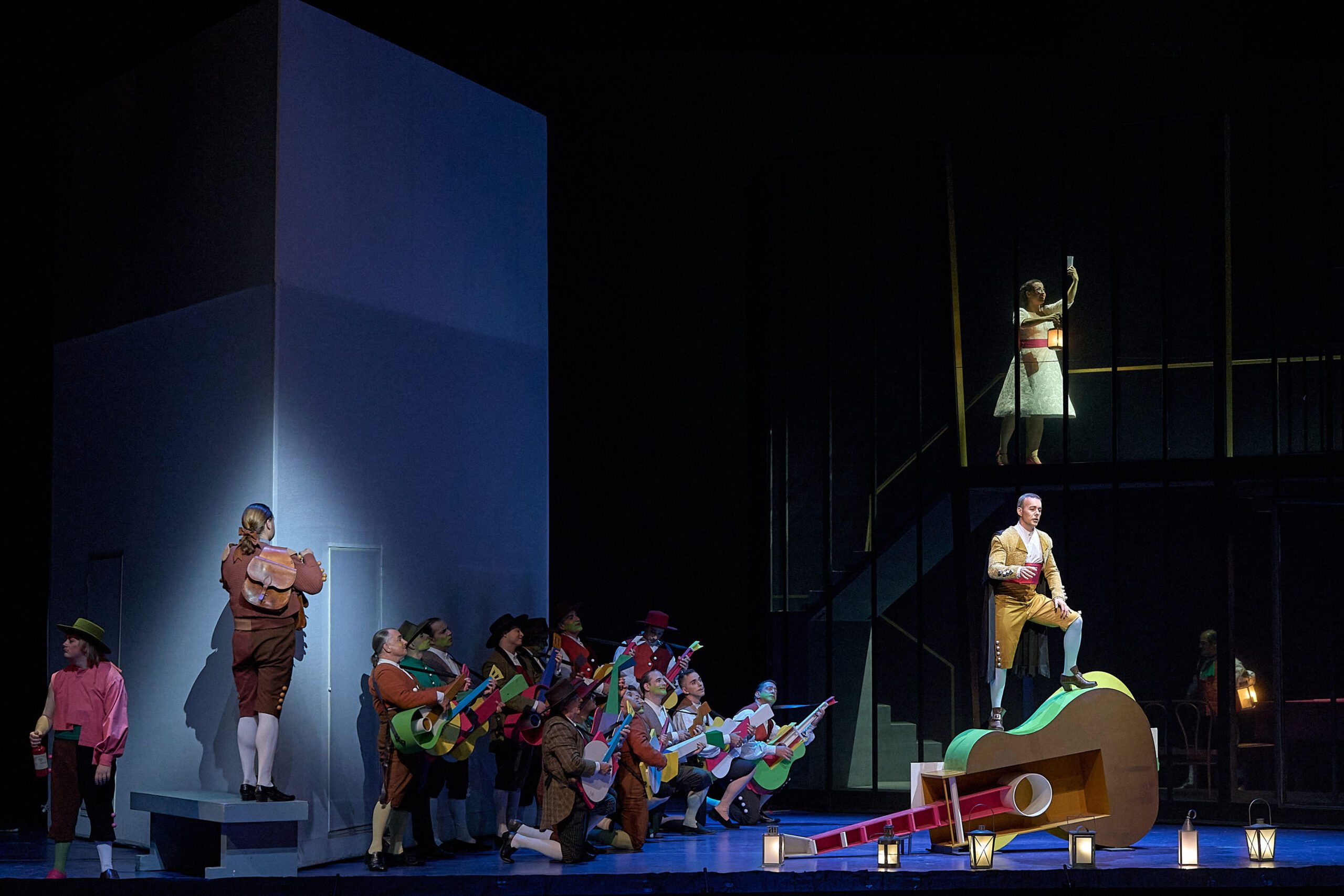
Photo Credit: Vivien Gaumand
The Count (Alasdair Kent, standing on the guitar) serenades Rosina (Pascale Spinney)
Carrying out these hijinks was a strong cast featuring an excellent crop of baritone talent. Canadian baritone Hugo Laporte was an exemplary Figaro, elevating each of his scene partners and shining on his own. Vocally, he was both robust and agile, embodying Figaro’s confidence and dramatic flair. Then there was Gianluca Margheri, whose booming bass-baritone was very satisfying in the role of the easily bribed Basilio. Finally, Italian baritone Omar Montanari gave a standout performance as Bartolo. Salle Wilfrid-Pelletier is not easy an easy hall to fill, but his rich low voice reached the rafters while still delivering grade-A Rossini patter. He made Bartolo hilarious – and, when it was called for, a little threatening. He’s a veteran in the role, and it shows.
Rounding out the baritones are the two lovers. Alasdair Kent brought an earnestness to the role of Count Almaviva that genuinely moved me in the opera’s few moments of sincerity. Kent’s tenor is on the light side, but he revelled in Rossini’s rapid-fire ornamentation, combining his nimble voice with excellent comedic timing. As Rosina, Pascale Spinney showed off a delicious lower range. She took longer to warm up into her higher notes, though, such that her character shone through more clearly in Act II’s “Contro un cor” than in Rosina’s opening aria, “Una voce poco fa.” I relished Spinney and Kent’s duet near the end of the opera: both singers fully embraced the joyous excess of bel canto.
Three singers from Opéra de Montréal’s young artist program, the Atelier lyrique, made the most of their small roles. As Count Almaviva’s servant Fiorello, Mikelis Rogers got the opera rolling with an energetic baritone and engaging chorus interactions. I also enjoyed him as the silent straight man in the Act II finale. Baritone Jamal Al Titi was the straight man for Act I, briefly showing his resonant low voice as the officer who comes to arrest Almaviva. Bridget Esler played an appropriately exasperated Berta, Bartolo’s maid, adding some soprano sparkle to the ensemble numbers. Berta’s aria, “Il vecchiotto cerca moglie,” was cut.
Finally, kudos to the chorus for a musically solid performance and full commitment to some very silly hats. In fact, Joan Font clearly required – and got – a lot of commitment from everyone. It speaks to a real chemistry between director and cast that Barber’s many farcical plot twists were executed so smoothly. Clearly, Font knows what Bugs Bunny knew: there’s plenty of room for silliness in opera.
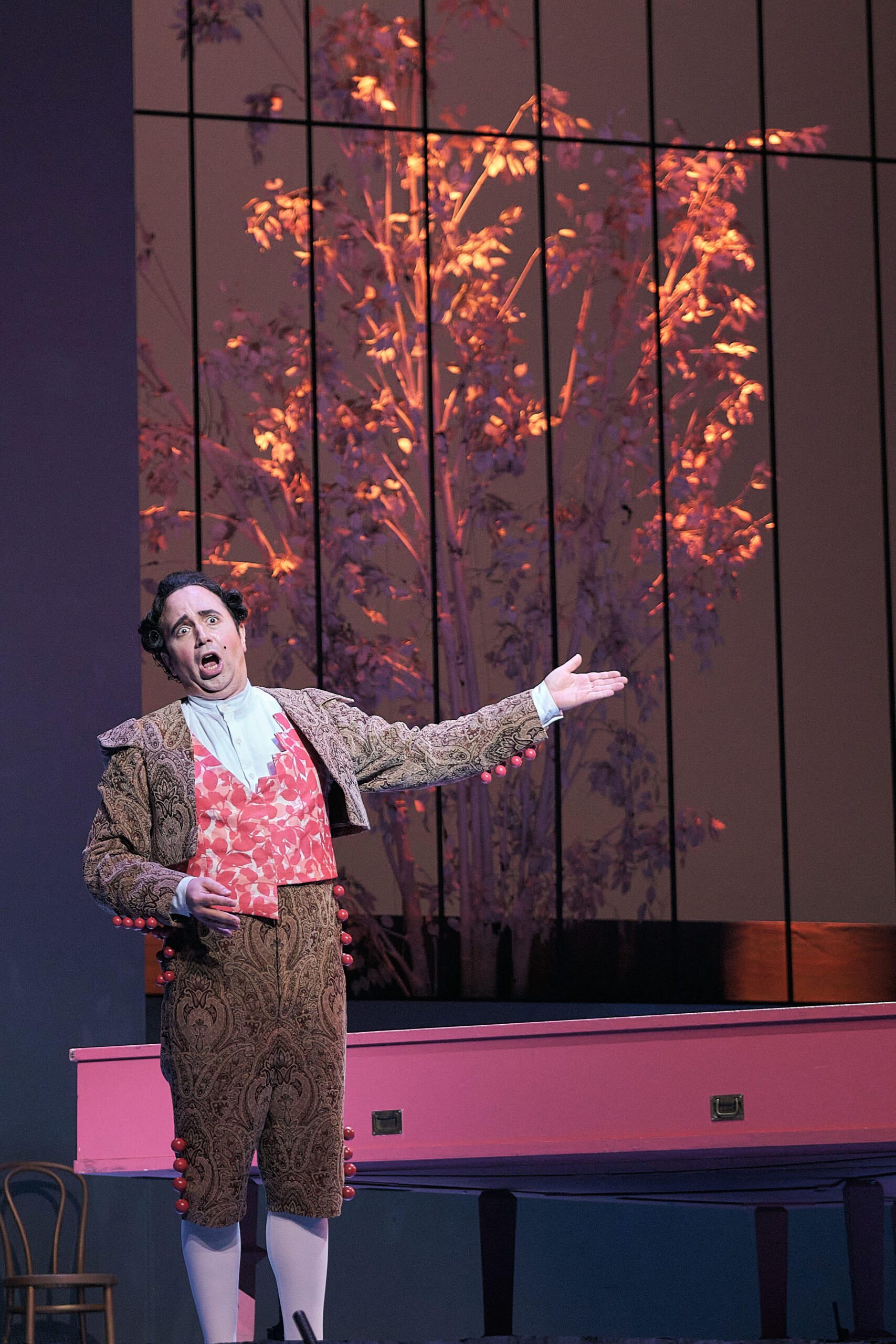
Photo Credit: Vivien Gaumand
Hugo Laporte as Figaro at Opéra de Montréal
Opera Canada depends on the generous contributions of its supporters to bring readers outstanding, in-depth coverage of opera in Canada and beyond. Please consider subscribing or donating today.

